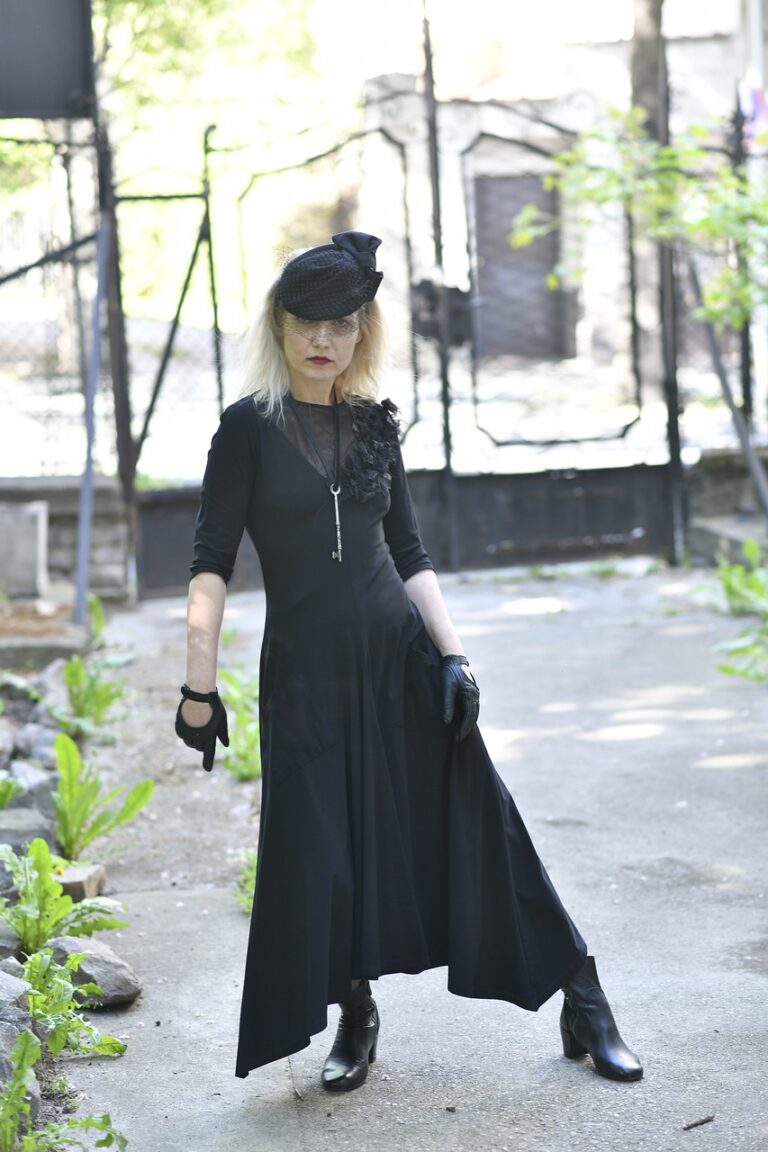Fashion Sustainability: The Role of Upcycling in Reducing Waste: www.world777, 11xplay.online, Bet book 247
www.world777, 11xplay.online, bet book 247: Fashion Sustainability: The Role of Upcycling in Reducing Waste
In today’s fast-paced consumer culture, the fashion industry has a significant impact on the environment. From the production of garments to their eventual disposal, the fashion industry generates a massive amount of waste. However, there is a growing movement towards sustainability in fashion, with more brands and consumers looking for ways to reduce their ecological footprint.
One method gaining popularity in the fashion industry is upcycling. Upcycling involves taking old or discarded materials and transforming them into something new and of higher value. By upcycling existing materials, fashion designers can reduce the amount of waste generated from the production of new garments. This not only helps to reduce the environmental impact of the fashion industry but also creates unique and one-of-a-kind pieces that stand out from mass-produced clothing.
Here are some key points to consider when it comes to upcycling in the fashion industry:
1. What is Upcycling?
Upcycling is the process of transforming waste materials or unwanted products into new materials or products of better quality or for better environmental value. In the fashion industry, upcycling involves taking old clothing or fabric scraps and turning them into new garments or accessories. This process helps to reduce the amount of waste generated by the fashion industry and promotes a more sustainable approach to fashion design.
2. How Does Upcycling Reduce Waste?
Upcycling reduces waste in the fashion industry by repurposing old materials and transforming them into new products. By using existing materials, designers can avoid the need to produce new fabrics, which require resources such as water, energy, and chemicals. This helps to reduce the environmental impact of the fashion industry and decreases the amount of waste sent to landfills.
3. Benefits of Upcycling in Fashion
There are several benefits to incorporating upcycling into the fashion industry. Firstly, upcycling helps to reduce the environmental impact of the fashion industry by minimizing the need for new materials. This can help to conserve natural resources and reduce greenhouse gas emissions associated with the production of new fabrics.
Additionally, upcycling promotes creativity and innovation in fashion design. By working with existing materials, designers are forced to think outside the box and come up with unique and original designs. This can help to differentiate brands in a crowded market and attract environmentally conscious consumers.
4. Challenges of Upcycling in Fashion
While upcycling offers many benefits, there are also challenges to consider. One of the main challenges is sourcing enough quality materials for upcycled garments. Finding high-quality materials that can be repurposed into new products can be time-consuming and costly, especially for smaller brands with limited resources.
Another challenge is convincing consumers to pay a premium for upcycled garments. Upcycled products are often more expensive than mass-produced clothing due to the labor-intensive process involved in their creation. However, many consumers are still unwilling to pay a higher price for sustainable fashion, making it difficult for brands to recoup their costs.
5. Upcycling Examples in Fashion
Despite the challenges, many fashion brands are embracing upcycling as a way to reduce waste and promote sustainability. One example is Reformation, a popular sustainable fashion brand that uses deadstock fabrics (unused fabric from other fashion houses) to create new garments. By upcycling deadstock fabrics, Reformation reduces the amount of waste in the fashion industry and creates limited-edition pieces that are both stylish and environmentally friendly.
Another example is Patagonia, an outdoor clothing company known for its commitment to sustainability. Patagonia offers a repair and upcycling program that allows customers to send in their old Patagonia garments for repair or upcycling into new products. This program helps to extend the life of Patagonia products and reduce the brand’s overall environmental footprint.
6. How Consumers Can Support Upcycling in Fashion
As consumers, there are several ways we can support upcycling in the fashion industry. One way is to shop from brands that prioritize sustainability and upcycling in their design process. By choosing to support brands that use upcycled materials, we can help to create a demand for more sustainable fashion options.
Additionally, consumers can look for opportunities to upcycle their own clothing and accessories. By repurposing old garments or donating them to upcycling programs, we can help to reduce the amount of clothing sent to landfills and promote a more circular fashion economy.
FAQs
Q: What is the difference between upcycling and recycling in fashion?
A: Upcycling involves taking old materials and transforming them into something of higher value, while recycling involves breaking down materials to create new products. Upcycling is a more creative process that retains the original quality of the materials, while recycling requires the materials to be broken down and reprocessed.
Q: How can I tell if a fashion brand is using upcycled materials?
A: Many fashion brands that use upcycled materials will advertise this fact on their website or product labels. Look for brands that mention upcycling, repurposing, or using recycled materials in their product descriptions. Additionally, brands that prioritize sustainability will often have information about their environmental initiatives and supply chain transparency on their website.
Q: Are upcycled garments more expensive than regular clothing?
A: Upcycled garments can be more expensive than mass-produced clothing due to the labor-intensive process involved in their creation. However, many consumers are willing to pay a premium for sustainable fashion that aligns with their values. Additionally, upcycled garments are often higher quality and more unique than mass-produced clothing, making them a worthwhile investment for environmentally conscious consumers.
Q: How can I start upcycling my own clothing at home?
A: There are many resources available online to help you get started with upcycling your own clothing at home. Websites like Pinterest and YouTube offer tutorials and inspiration for upcycling projects, such as turning old jeans into a denim skirt or transforming a t-shirt into a crop top. Start small with simple projects and gradually work your way up to more complex designs as you gain confidence in your upcycling skills.
In conclusion, upcycling plays a crucial role in reducing waste in the fashion industry and promoting sustainability. By repurposing old materials and transforming them into new products, fashion brands can minimize their environmental impact and create unique and original designs. As consumers, we can support upcycling in fashion by choosing to shop from brands that prioritize sustainability and upcycling in their design process. Together, we can help to create a more sustainable and circular fashion economy for future generations to enjoy.






